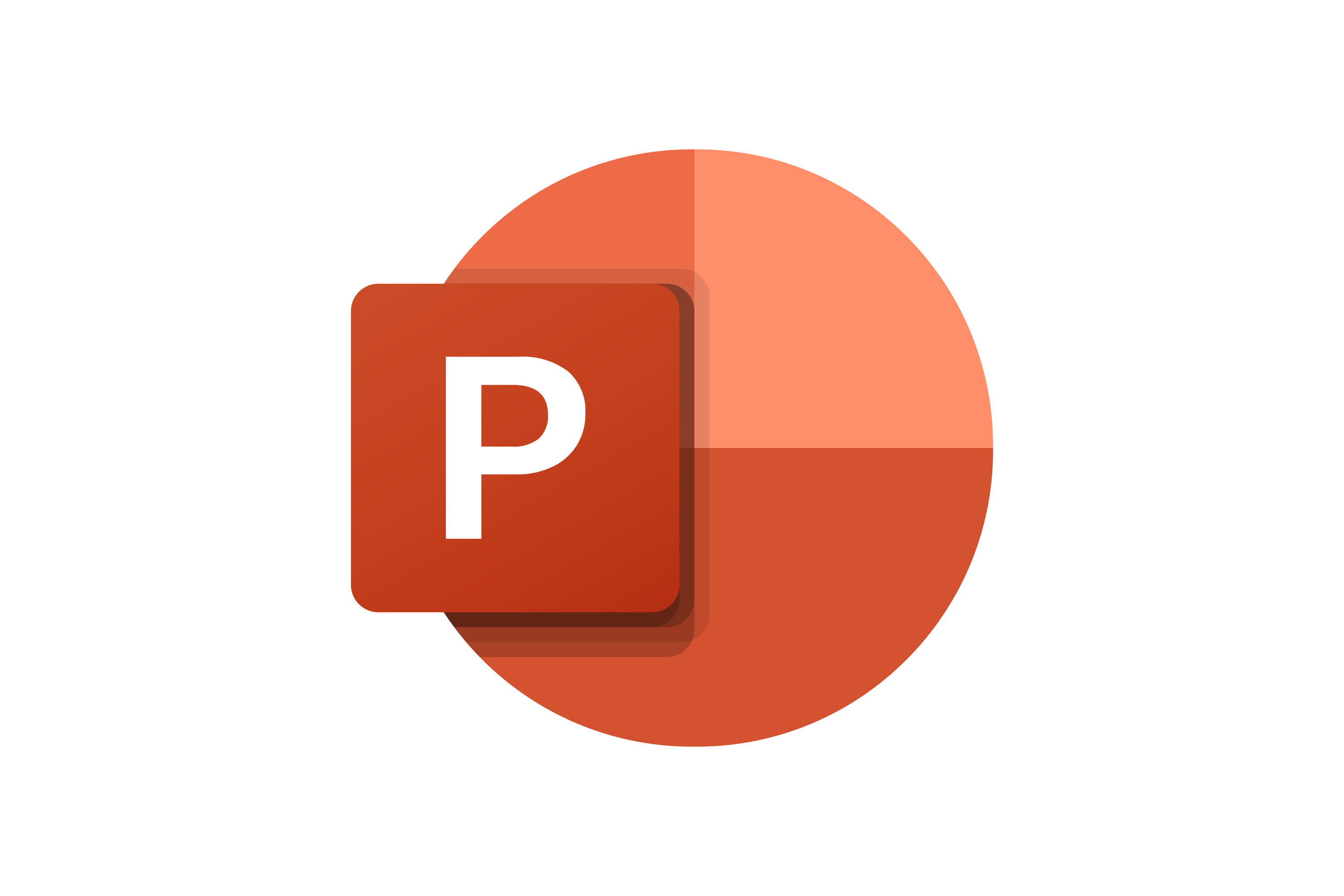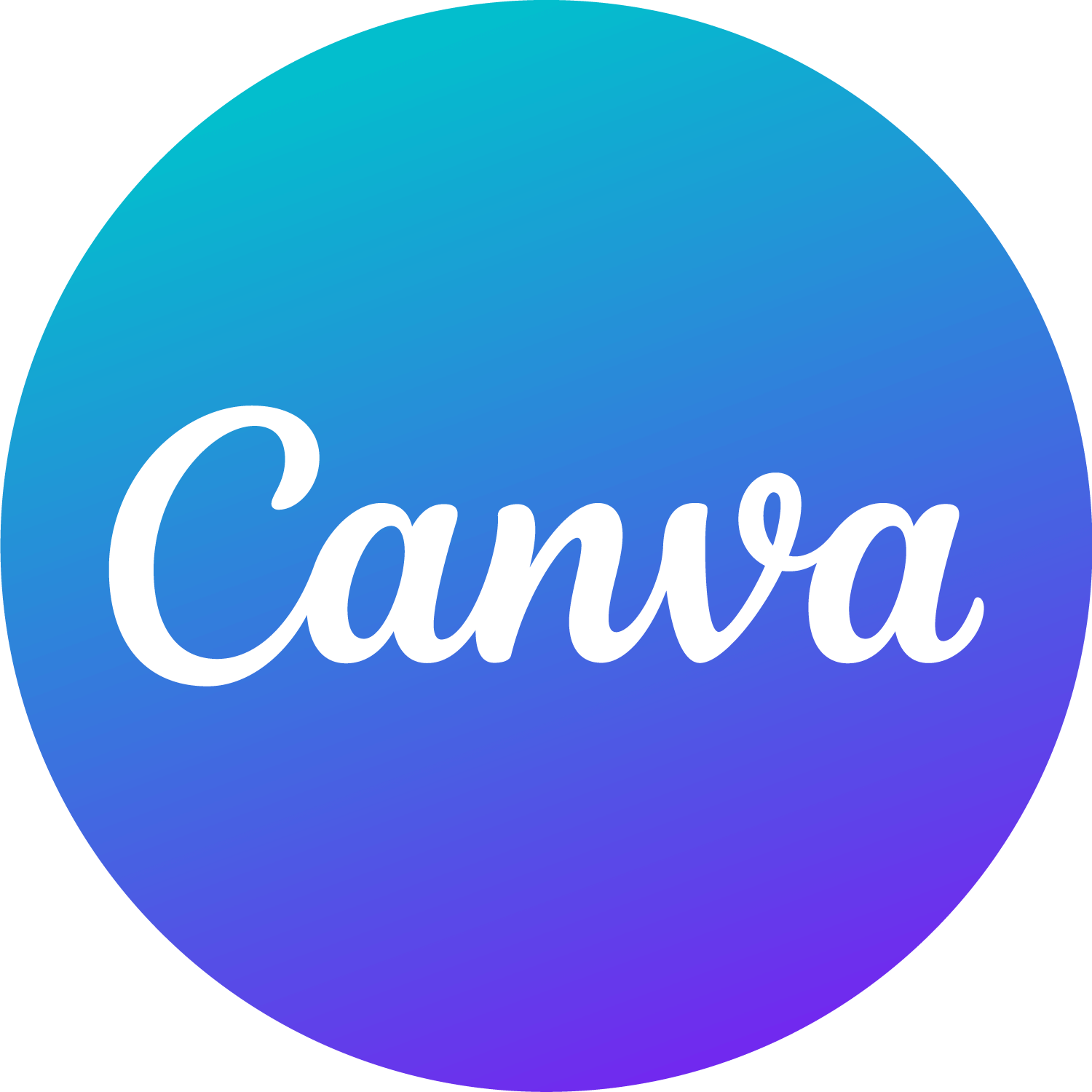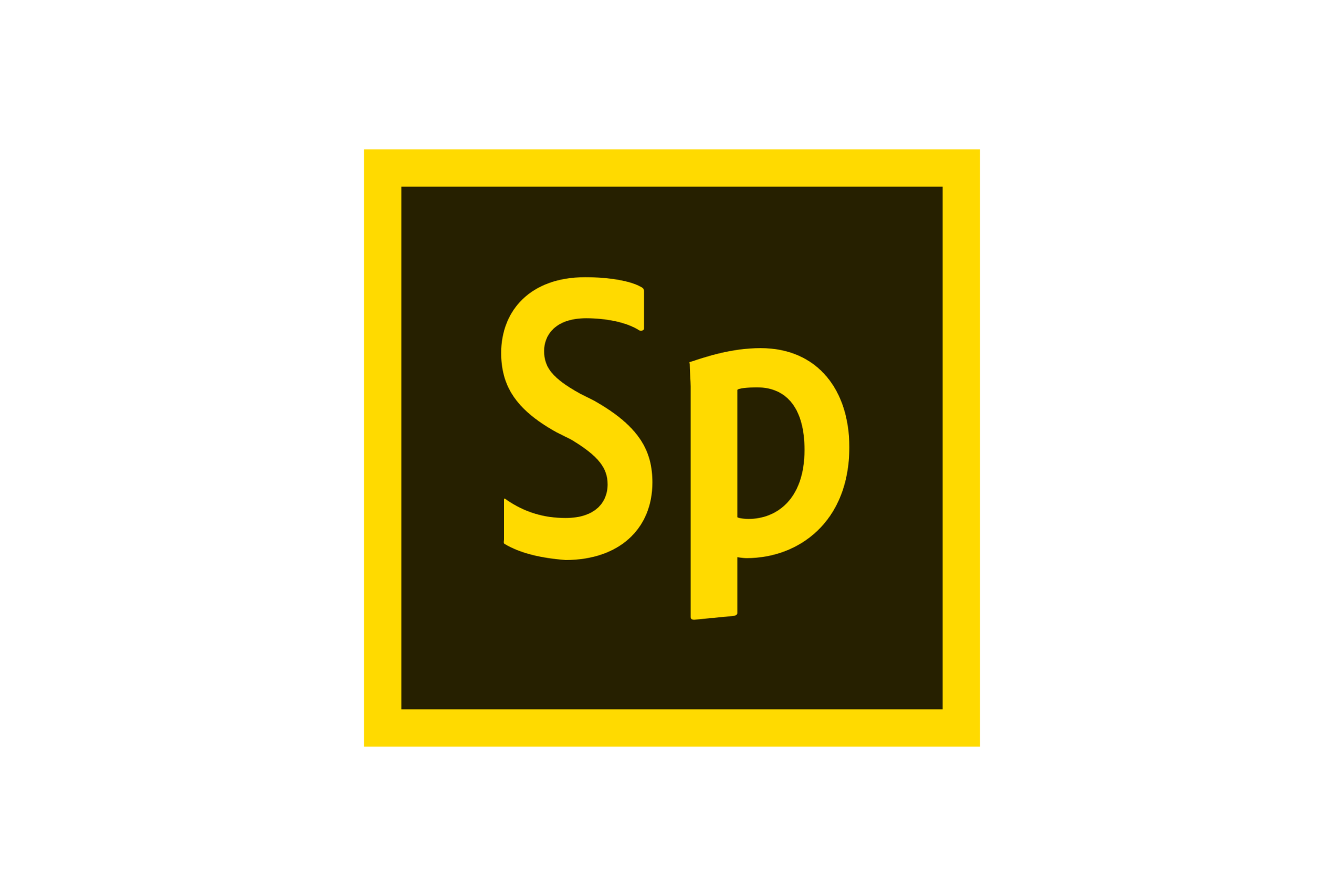Professional vs. DIY: Choosing the Best PPT Presentation Design Solution for Your Needs

Table of Contents
A well-crafted PowerPoint presentation design can significantly impact your next big pitch, proposal, or client meeting. However, deciding whether to handle the design yourself or engage a professional with refined expertise and creative finesse is a strategic choice. It requires careful consideration of your specific needs and constraints.
This article explores the nuances of professional versus DIY PowerPoint design, enabling you to make a decision that aligns with your goals.
Definition and significance of PPT presentation design
PowerPoint (PPT) presentation design is the process of creating visually appealing and effective slides to support a presentation. It involves selecting appropriate layouts, colors, fonts, images, and other design elements to enhance the delivery of information and engage the audience.
The significance of effective PPT design lies in several key areas. Good design helps create a professional, polished appearance that immediately grabs the audience’s attention and sets the right tone for the presentation. Visually appealing and well-organized slides keep the audience engaged throughout the presentation, preventing them from getting distracted or bored.
Thoughtful design also allows presenters to structure their content in a clear, easy-to-follow flow, highlighting important information using visual cues. A well-designed PPT deck demonstrates the presenter’s attention to detail and commitment to delivering high-quality content.
Furthermore, effective design enhances the overall quality and impact of the presentation, making the information more memorable and impactful for the audience. Having a visually strong slide deck can give the presenter more confidence in their delivery, as they have a solid content guide to refer to.
Importance of well-designed presentations
A well-designed presentation is crucial for effectively conveying your message and engaging your audience. The following are the key reasons why a well-designed presentation is important:
- It makes your presentation more memorable
Humans are visual learners and are much more likely to retain information when it is presented visually. According to Harvard Business Review, adding a picture to information helps you remember 65% of it, compared to just 10% when you only hear it.
- It grabs the audience’s attention
You have a limited window to make an impression, as the average audience attention span is around 10 minutes. Visually appealing presentations with imagery are easier to digest, allowing you to convey more of your message quickly and efficiently. Consider the statistic, it takes 1/10 of a second to understand a visual scene, compared to 60 seconds to read 200-250 words.
- It demonstrates your expertise and passion for the topic
A well-designed presentation shows that you care about the message you are trying to convey and your enthusiasm for the subject matter. It also makes you look more professional and prepared.
- It helps process and retain information
Visuals are processed quicker by the brain, with 90% of information transmitted to the brain being visual. Pairing information with visuals makes it much more likely to stick in a person’s long-term memory.
Understanding PPT Presentation Design
Mastering PPT presentation design empowers professionals to create presentations that inform, inspire, and leave a lasting impact on their audience, driving success in diverse business scenarios. Below, we explain PPT presentation design and the key components of effective presentation.
What is PPT presentation design?
PPT presentation design refers to the art and process of creating visually compelling and informative slides using Microsoft PowerPoint, a prominent software tool within the Microsoft Office suite. Presentations are vital in business and organizational contexts, serving as a primary means to convey information, showcase insights, propose ideas, market products and services, and persuade audiences during pitches or meetings.
PowerPoint’s versatility empowers designers to craft slides that not only enhance the visual appeal but also facilitate clearer communication. By incorporating text, graphics, charts, images, and multimedia elements, presenters can structure their content logically and engage their audience effectively. Designers utilize various tools and features within PowerPoint to optimize the layout, color schemes, fonts, and visual elements to align with the presenter’s objectives and audience preferences.
Key components of an effective PPT presentation
An effective PPT presentation is more than just a sequence of slides — it is a combination of elements designed to resonate with your audience and drive your message home. The following are the key components that elevate a presentation from ordinary to extraordinary:
- Clear structure and organization
A good presentation should have a logical flow with an introduction, body, and conclusion. The introduction should set the tone and objectives, the body should present the key information in a structured way, and the conclusion should summarize the main points.
- Concise and readable slides
Slides should have minimal text, using bullet points rather than full sentences. The font size should be large enough to be readable (at least 24 pts). Avoid clutter and use high-contrast colors for text and background.
- Relevant and high-quality visuals
Incorporate relevant images, charts, and diagrams to illustrate key points, but avoid using too many visuals or low-quality clip art. Ensure visuals are clear and consistent with the overall presentation design.
- Practiced delivery
Rehearse the presentation multiple times to ensure smooth delivery, proper pacing, and effective use of the slides to support your spoken narrative.
- Consideration of the audience
Tailor the content, level of detail, and delivery style to match the knowledge and expectations of the audience.
Comparison Overview
When it comes to crafting a PowerPoint presentation, you have two main options: hiring professional design services or taking the do-it-yourself (DIY) approach. Each choice has its own set of advantages and challenges, and the best option depends on your specific needs, resources, and goals.
Introduction to Professional Design Services vs. DIY Presentation Design
Opting for professional design services means enlisting the expertise of experienced designers who specialize in creating impactful presentations. These professionals bring a wealth of knowledge in visual storytelling, branding, and design principles. They can transform your raw content into a polished and visually stunning presentation that captivates your audience.
Taking the DIY route means creating the presentation yourself using tools and templates available in PowerPoint. This approach allows for complete control over the design and content, enabling you to tailor the presentation to your specific needs and preferences.
Ultimately, the choice between DIY and professional presentation design services depends on factors such as budget, required level of expertise, time constraints, desired level of control, quality, and the importance of the presentation for the business. Both approaches offer unique benefits and challenges, and understanding these can help you make an informed decision that best suits your presentation needs.
Professional Design Services for PPT Presentations
Professional design services for PowerPoint presentations involve hiring experts who specialize in creating visually compelling slides. These professionals use their extensive knowledge of design principles, visual storytelling, and branding to transform raw content into a polished presentation. The scope of these services can vary widely, from designing individual slides to creating entire presentation decks. Services may include custom graphics, animations, consistent theme development, and alignment with corporate branding.
Benefits
Using professional design services for PowerPoint presentations comes with a host of significant advantages, including the following:
- High-Quality and Polished Designs
Professional designers bring a level of quality and polish that is difficult to achieve without specialized skills. They know how to use colors, fonts, and layouts effectively to create visually appealing slides that enhance the presentation’s message. Their expertise ensures that each slide is not only aesthetically pleasing but also functionally effective in communicating the intended message.
- Access to Professional Expertise and Creativity
Professional designers have a deep understanding of visual communication and design trends. They can bring creative solutions to the table, incorporating innovative elements that you might not have considered. Their expertise can help in presenting complex information in an easy-to-understand format, using graphics and visuals that capture the audience’s attention.
- Time-Saving and Efficient
Outsourcing the design work to professionals allows you to focus on other critical aspects of your presentation, such as content development and delivery practice. Professional designers can often complete design projects more quickly and efficiently than someone without specialized skills, reducing the time it takes to prepare for your presentation.
Challenges
While the advantages of hiring professional design services are substantial, there are also challenges to consider. Understanding these challenges is crucial in making an informed decision about whether to hire professional design services for your PowerPoint presentations.
- Higher Costs
Professional designers typically charge a premium for their expertise and time, which can be a significant investment, especially for small businesses or startups with limited budgets.
- Less Control Over the Final Product
When you outsource the design of your presentation, you may have less direct control over the creative process. While professional designers aim to meet your needs and preferences, there can be a gap between your vision and the final product. This challenge requires clear communication and collaboration to ensure the result aligns with your expectations.
- Communication Barriers with Designers
Working with professional designers often involves communicating complex ideas and feedback clearly. Misunderstandings can occur, especially if there are differences in terminology or if the designer is not fully familiar with your industry or specific needs. Effective communication is crucial to ensure that the final presentation meets your requirements and effectively conveys your message.
DIY Presentation Design
DIY presentation design involves creating and customizing your PowerPoint slides using available tools and templates without the aid of professional designers. This approach gives you complete control over every aspect of the presentation, from the layout and color scheme to the fonts and visual elements. The scope of DIY design can range from simple slide modifications to building an entire presentation from scratch, using your creativity and available resources to communicate your message effectively.
Benefits
Taking the DIY approach to PowerPoint presentation design comes with several notable advantages, including the following:
- Cost-Effectiveness
By handling the design yourself, you avoid the expenses associated with hiring professional designers. This is particularly beneficial for small businesses, startups, or individuals working with a limited budget.
- Full Control Over the Design Process
DIY design gives you complete autonomy over the presentation’s look and feel. You can ensure that every element aligns with your vision and preferences, from color schemes and fonts to layout and imagery. This control allows for a highly personalized presentation that reflects your style and message.
- Flexibility to Make Changes Anytime
With DIY design, you have the freedom to make adjustments and updates at any stage of the process. Whether it is incorporating last-minute feedback or refining details right before the presentation, this flexibility ensures that your slides can evolve as needed without external dependencies.
Challenges
While the DIY route offers a range of benefits, it also presents a set of challenges that can impact the quality and efficiency of your presentation creation process. The following are some of the key challenges:
- Time-Consuming
Creating a professional-quality presentation from scratch can be incredibly time-consuming, especially if you’re not well-versed in design principles. The process involves not only designing the slides but also researching and organizing content, selecting appropriate visuals, and ensuring overall coherence and flow.
- Requires Design Skills and Knowledge
Effective presentation design demands a good understanding of design principles, such as color theory, typography, and visual hierarchy. Without these skills, it can be challenging to create slides that are both aesthetically pleasing and effective in conveying your message.
- Potential for Lower Quality and Inconsistency
Without the expertise of professional designers, there is a risk that the final presentation may lack the polish and consistency needed to make a strong impact. Inconsistencies in design elements, poor-quality visuals, and a lack of professional touch can detract from the overall effectiveness of your presentation.
Key Considerations in Choosing PPT Presentation Design Solutions
When deciding between professional design services and DIY presentation design, several key factors should guide your choice. These considerations will help ensure that your presentation is effective, high-quality, and practical.
Budget Constraints
Your budget is a primary consideration. Professional design services, while offering high-quality and polished results, can be expensive. This option is ideal if you have the financial resources and require top-tier designs. On the other hand, if you have limited funds, a DIY approach can save money, allowing you to allocate resources to other areas of your project. However, this means investing more time and effort to achieve a satisfactory result.
Project Scope and Complexity
The complexity and scope of your project also play a crucial role. For large-scale presentations with intricate content and a need for high-impact visuals, professional designers can provide the expertise to manage these demands effectively. They can handle complex data visualizations, custom graphics, and detailed animations. Conversely, for simpler presentations or smaller projects, DIY design might suffice, enabling you to leverage readily available templates and basic design tools in PowerPoint.
Required Expertise and Skill Set
Consider the level of design expertise needed for your presentation. Professional designers bring specialized skills in visual communication, branding, and aesthetics, ensuring a high-quality output. If you or your team lack these skills, the DIY route might result in a less polished presentation. However, if you have a good grasp of design principles and are comfortable using PowerPoint’s advanced features, DIY design can be a viable option.
Turnaround Time and Deadlines
Time constraints are another critical factor. Professional design services can be more efficient, especially for tight deadlines, as experienced designers can produce high-quality work quickly. This allows you to focus on other aspects of your presentation. DIY design, while cost-effective, can be time-consuming, particularly if you need to familiarize yourself with design principles or learn new tools. Consider the time you have available and the urgency of your project when making your decision.
Long-Term vs. Short-Term Needs
Finally, consider whether your presentation needs are long-term or short-term. For a one-time presentation or short-term project, professional design services can provide a quick, high-quality solution. For ongoing presentation needs, investing time in developing your DIY skills can be beneficial. Building in-house expertise allows for greater flexibility and control over future projects, and can lead to cost savings over time.
Case Studies
Choosing between professional design services and DIY presentation design can be a pivotal decision for businesses. To illustrate the impact of these choices, we will explore two case studies: one involving a company that benefited from professional design services and another that successfully utilized DIY presentation design. By analyzing the outcomes and lessons learned from each approach, we can better understand the advantages and challenges associated with both methods.
Case Study 1: Professional Design Services
Mubadala Collaboration with a Professional Design Agency
A leading design agency collaborated with Mubadala, a global investment company, to deliver a customized presentation for their annual Employee Forum. This project involved updating and editing multiple presentations, ensuring seamless technical execution, and providing onsite support during the event.
Challenges
The main challenge was to ensure that the presentations met Mubadala’s high standards while adhering to strict technical specifications. With multiple presentations to manage simultaneously, the design agency had to ensure that all changes were integrated into the final product seamlessly. Additionally, coordinating with Mubadala’s team to incorporate last-minute changes and edits without compromising the overall quality was a challenge.
Solutions Implemented
During the project, the design agency’s team traveled to Abu Dhabi for onsite delivery, which provided a unique opportunity to offer real-time support for the Mubadala team. The team focused on file version control, data management, and creative development, ensuring that the presentations were visually appealing and interactive, and delivered the desired impact. Additionally, their expertise in codec conversion and technical execution ensured high-quality presentations.
Case Study 2: DIY Presentation Design
Small Business Startup
A small tech startup participated in an industry conference to showcase its innovative software solutions to potential investors. Due to budget constraints, the company decided to design its presentation in-house.
Challenges
The main challenge was the lack of professional design experience among the team members. Additionally, the startup had to manage the design process alongside other demanding business activities.
Solution
The team utilized online presentation tools with pre-designed templates and tutorials. They focused on clear, concise content and leveraged their deep knowledge of the product to create engaging slides. The team efficiently managed the presentation design process by assigning specific tasks based on individual strengths.
Analysis of Outcomes and Lessons Learned
Professional Design Services
- Professional design services deliver polished, visually appealing presentations that capture the audience’s attention and convey messages effectively.
- Professionally designed presentations often include interactive elements that engage the audience and enhance their understanding of the content.
- High-quality presentations support organizational goals by effectively communicating key messages and facilitating stakeholder buy-in.
- Clear and continuous communication between the client and the design team is crucial for managing expectations and integrating feedback effectively.
- Professional teams are equipped to handle last-minute changes and technical challenges without compromising the overall quality, demonstrating their flexibility and reliability.
DIY Presentation Design
- DIY design saves on professional service fees, making it an attractive option for startups and non-profits with limited budgets.
- Team members gain valuable experience and skills in presentation design, which can be applied to future projects.
- Well-executed DIY presentations can still engage and impress audiences, leading to desired outcomes such as investment, donations, or support.
- Free and affordable online tools, templates, and tutorials can help non-professionals create effective presentations.
- Clear, concise, and well-organized content is vital, especially when design expertise is limited.
Both approaches – professional design services and DIY presentation design – offer unique benefits and challenges. The choice depends on the specific needs, budget, and capabilities of the business, but each can lead to successful and impactful presentations when executed effectively.
Tools and Technologies for PPT Presentation Design
Creating compelling PowerPoint (PPT) presentations is both an art and a science, relying heavily on the tools and technologies at your disposal. Whether you are a professional designer or a DIY enthusiast, selecting the right tools can significantly impact the quality and impact of your presentations. This section explores the most popular PPT design tools and software, comparing the options used by professionals and DIY designers to help you choose the best tools for your needs.
Overview of popular PPT design tools and software
| Tool | Description |
|---|---|
 |
The most widely used presentation tool is Microsoft PowerPoint, a part of the Microsoft Office 365 suite. PowerPoint offers a well-rounded package with features like templates, multimedia integration, SmartArt for diagrams, presenter view, and real-time collaboration. It is widely used in professional and academic settings due to its versatility and ease of use. |
 |
Google Slides is a free, web-based presentation tool that is part of Google Workspace. It allows for real-time collaboration, making it ideal for team projects. Google Slides offers many of the same features as PowerPoint, with the added benefit of cloud-based storage and access. |
 |
Canva is a graphic design platform, offering a user-friendly interface with drag-and-drop functionality. It features a variety of presentation templates, graphics, and fonts. |
 |
Prezi is a presentation tool known for its dynamic, non-linear presentation style. Unlike traditional slide-based presentations, Prezi uses a canvas that allows for zooming in and out of different content areas. This makes it ideal for storytelling and creating visually engaging presentations. |
 |
Keynote is Apple’s presentation software, known for its sleek design and powerful features. It integrates seamlessly with other Apple products and offers a variety of templates, transitions, and design tools. Keynote is popular among Mac users and those seeking high-quality design options. |
 |
Adobe Spark is a web-based design tool that allows users to create presentations, social media graphics, and web pages. It offers a range of templates and customization options. Adobe Spark is user-friendly and integrates with other Adobe Creative Cloud tools. |
Comparison of Tools Used by Professionals and DIY Designers
This section will compare the tools professionals and DIY designers use, examining their features, ease of use, and suitability for different design needs. Understanding these differences allows you to choose the tools that best align with your goals and skills.
Customization vs. Ease of Use
Professional tools like Adobe Creative Suite and Microsoft PowerPoint offer extensive customization options but require a higher level of skill and experience. In contrast, tools like Canva and Google Slides prioritize ease of use and accessibility, making them ideal for DIY designers.
Advanced Features vs. Simplicity
Professional tools provide advanced features such as custom animations, multimedia integration, and interactive elements. DIY tools focus on simplicity and user-friendliness, often sacrificing some advanced features for ease of use.
Collaboration and Cloud-Based Solutions
Both professional and DIY tools offer collaboration features, but cloud-based solutions like Google Slides and Canva are particularly popular among DIY designers for their convenience and accessibility. Professionals often use more robust version control and project management tools to handle complex collaborations.
Future Trends in PPT Presentation Design
The landscape of PowerPoint presentation design is constantly evolving due to technological advancements and changing user needs. As we look to the future, several key trends are shaping the way presentations are created and delivered. This section explores the impact of AI and machine learning on presentation design, the rise of collaborative design platforms, and predictions for the future of PPT presentation design.
The Impact of AI and Machine Learning on Presentation Design
Artificial intelligence and machine learning are transforming presentation design by automating various aspects of the process, making it more efficient and user-friendly. AI-powered tools can suggest design layouts, color schemes, and fonts based on the presentation content. They can also optimize slide transitions and animations to improve the overall flow and engagement.
Furthermore, machine learning algorithms can analyze past successful presentations to identify best practices and recommend design elements that are likely to resonate with the audience.
The Rise of Collaborative Design Platforms
Collaboration is becoming increasingly important in presentation design, especially as remote work becomes more common. Collaborative design platforms like Google Slides and the online version of Microsoft PowerPoint are gaining popularity due to their ability to support real-time collaboration. These platforms allow multiple users to work on the same presentation simultaneously, making it easier to incorporate diverse perspectives and expertise.
In addition to real-time editing, these platforms often include features like version control, commenting, and task assignment, which streamline the collaborative process. As teams become more dispersed, the demand for robust collaborative tools will likely continue to grow, driving further innovation in this area.
Predictions for the Future of PPT Presentation Design
Increased Use of AI and Automation
AI-powered design tools will become more prevalent, offering automated suggestions for slide layouts, color schemes, and typography based on the content.
AI will assist in generating content, including summarizing text, creating infographics, and even producing entire presentations based on minimal input from the user.
Enhanced Interactivity
Future presentations will feature more interactive elements such as clickable charts, embedded polls, and real-time data integration. VR and AR technologies will enable immersive presentations, allowing audiences to interact with 3D models and virtual environments.
Data-Driven Insights
Advanced analytics will provide insights into audience engagement, helping presenters refine their messages and improve their delivery. Predictive tools will forecast audience reactions and suggest modifications to optimize the impact of the presentation.
Improved Accessibility
There will be a greater focus on making presentations accessible to all audiences, including those with disabilities. AI could be used to generate captions, translations, and descriptions for visual content.
Sustainability and Minimalism
There will be a shift towards sustainable design practices, with a focus on digital presentations that minimize environmental impact. Clean, minimalist design trends will continue to dominate, emphasizing clarity and simplicity to enhance audience comprehension and retention.
Infomineo – Elevating Your Presentations with Professional Design Expertise
At Infomineo, we understand the power of a well-designed presentation. Our team of skilled designers specializes in transforming your raw content into visually stunning and impactful PowerPoint slides that captivate your audience and enhance your message.
Whether you are preparing for a crucial pitch, proposal, or client meeting, Infomineo provides tailored design solutions that align with your brand and objectives. Our expertise ensures that every presentation not only looks professional but also communicates your key messages effectively and memorably.
Partner with Infomineo to elevate your presentations to the next level and make a lasting impression on your audience. Experience the difference that professional design can make in delivering high-quality, engaging presentations.

FAQ
What are PPT presentation design services?
PPT presentation design services involve professional designers creating, customizing, and optimizing PowerPoint presentations to ensure they are visually appealing, effective, and aligned with the client’s objectives. These services can include creating custom templates, designing slides, incorporating multimedia elements, and ensuring the overall presentation is cohesive and impactful. Professional designers bring expertise in visual communication, branding, and technical execution to enhance the quality of presentations.
How do you decide between professional design services and DIY presentation design?
Deciding between professional design services and DIY presentation design depends on several factors:
- Budget: If you have a limited budget, DIY design can be a cost-effective option. Professional services are more suitable if you can invest in high-quality design.
- Project Complexity: For complex presentations with intricate content, data visualizations, and custom graphics, professional designers are recommended. Simpler projects can be handled effectively with DIY design.
- Expertise: If you or your team lack design skills, hiring a professional ensures a polished outcome. If you have design knowledge and are comfortable with PowerPoint, DIY can work well.
- Time Constraints: Professional designers can efficiently handle tight deadlines, while DIY design might require more time and effort, especially if you are learning design principles.
- Long-Term Needs: For ongoing presentation needs, developing DIY skills can be beneficial. For one-time or short-term projects, professional design services can provide a quick and high-quality solution.
What are the benefits of hiring a professional designer for presentations?
Hiring a professional designer for presentations offers several benefits:
- High-Quality and Polished Designs: Professionals create visually appealing and effective presentations that stand out.
- Access to Expertise and Creativity: Designers bring specialized skills in visual communication, branding, and aesthetics.
- Time-Saving and Efficient: Professional services can deliver high-quality work quickly, allowing you to focus on other aspects of your project.
- Consistency: Professional designers ensure that all slides are cohesive and align with your brand and message.
- Technical Execution: Professionals handle technical aspects, such as multimedia integration and file compatibility, ensuring a smooth presentation experience.
What tools are essential for effective PPT design?
Several tools are essential for effective PPT design, including the following:
- Microsoft PowerPoint: The primary tool for creating and editing presentations.
- Adobe Creative Suite: Tools like Photoshop and Illustrator for creating custom graphics and editing images.
- Canva: An online design tool with templates and elements for enhancing presentations.
- Prezi: A presentation platform that allows for more dynamic and interactive presentations.
- Haiku Deck: An online platform for creating visually appealing presentations quickly.
How can AI impact the future of PPT presentation design?
AI is set to revolutionize PPT presentation design with automated layout suggestions, interactive elements like clickable charts and polls, advanced data analytics for audience insights, enhanced accessibility features, and a shift towards sustainable, minimalist design practices. These innovations aim to streamline creation, increase engagement, and improve inclusivity and environmental impact.
Conclusion
Choosing the right PPT presentation design solution can significantly impact how your content is perceived and received. Professional designers bring expertise in visual communication and technical execution, ensuring that presentations are polished and of high quality, while also aligning with your brand and objectives. On the other hand, DIY design offers flexibility and cost-effectiveness, empowering businesses to maintain creative control and customize presentations according to specific needs.
As businesses evaluate their presentation needs, it is vital to weigh factors such as budget, project complexity, time constraints, and long-term objectives. Whether opting for professional services to leverage specialized skills and efficiency or choosing DIY to foster creativity and control, each decision should align with strategic goals.
By carefully considering these factors, businesses can effectively convey their messages, engage their audience more deeply, and achieve successful outcomes with well-crafted PowerPoint presentations.